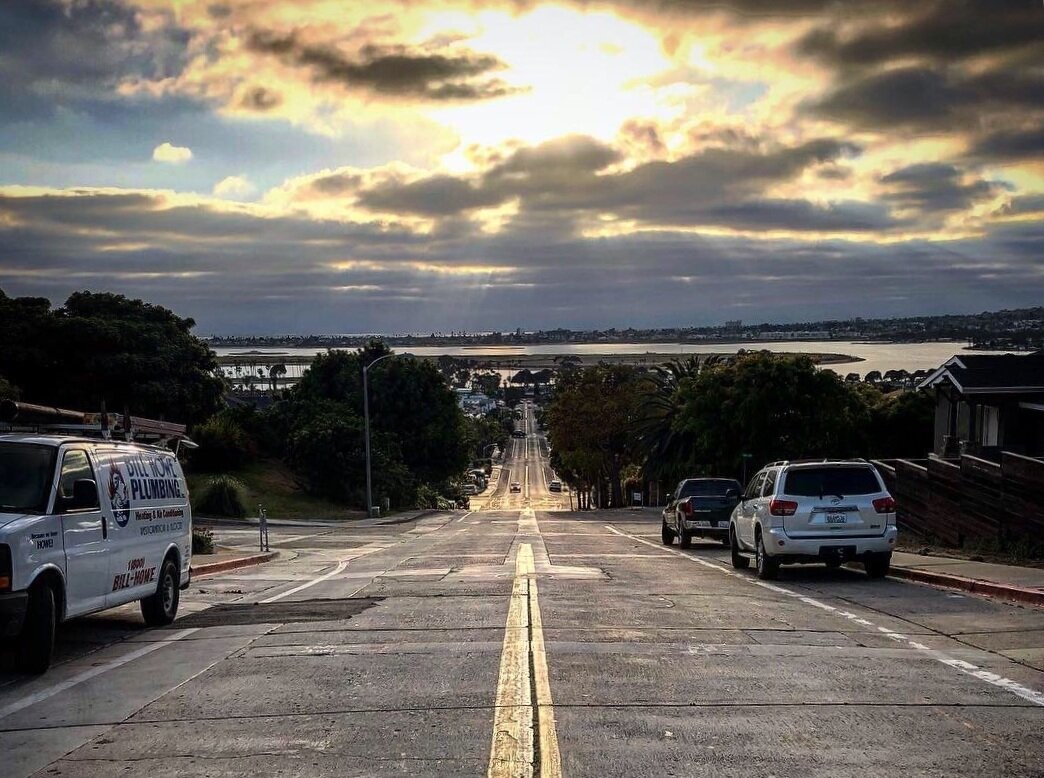
WRITING AFTER SUNSETS
For years, I maintained a separate blog called writing after sunsets as a place for my thoughts on writing, reflections on teaching, and an outlet for writing that matters to me in ways that make me want to control how it is published. It has also been, from time to time, a platform for the work of others I know who have something to say.
Now, with this site as my central base of online operations, I’m folding that blog into the rest of my efforts. All previous content is here for easier access, but the heart of writing after sunsets remains in both my earlier posts and those to come.
You mean I HAVE to go to San Diego for research?
To combat the near-constant sense of overwhelmedness I felt, I started charting and mapping my storylines, trying to figure out where all of this was taking me. As you can see in the pictures included with this post, even exerting that level of external on it all left a lot to deal with.
As far as locations that need to be studied go, the hometown is not half bad.
This the third installment of a series reflecting on a sabbatical that ended one year ago. It will run each Wednesday through the summer.
A lot of the work that I was able to accomplish toward my novel was doing extended research on a number of subjects I needed to have pulled together in my mind in order to finally push the story (and the stories that make it up) forward.
Sometime about halfway through May, a friend asked me what I was spending my time learning about and after I listed several of the subjects in my browser tabs and the books I’d read, she looked at me like I was spouting gibberish. I stopped and thought about it outside of the context of my novel and had to laugh.
My research for the novel includes delving into:
· Postal network art;
· Suicide as performance art;
· Podcast production;
· Terminology connected with the creation of eight separate forms of art;
· Security procedures at a decommissioned nuclear reactor;
· Military supply clerking norms and duties;
· Portable barricade technology;
· Police investigative procedure;
· The history of the Hillcrest neighborhood in San Diego;
· Ray Johnson;
· The relative differences between various forms of suicide bombs;
· Remittances;
· Marine recruitment procedures;
· Crime scene photography;
· Currency markets and trading;
· About 30 other topics…
This doesn’t include the trips I took to San Diego so I could walk routes and take pictures of where the characters in my story exist in the moments I depict them. Add to this the overlay of the cultural, spiritual, moral, and regional frameworks of it all as my characters range from a day trader to a high school dropout-turned Marine recruit to a journalist just to name a few. To say there are a lot of moving parts in my head would be a massive understatement.
A key location in my manuscript, in reflection.
Part of a Hillcrest mural that made it onto the page in a later draft.
To combat the near-constant sense of overwhelmedness I felt, I started charting and mapping my storylines, trying to figure out where all of this was taking me. As you can see in the pictures included with this post, even exerting that level of external on it all left a lot to deal with.
With 12 separate first-person perspectives and a shared narrative that absents it’s central figure, some of those charts got complicated pretty quickly.
An early map of the neighborhood where most of the story takes place. Sure, I could have used Maps and dropped pins in various locations. Sure, most of these details have changed. Sure, this is evidence of why I’m not a visual artist. But I wanted a sense of co-creation in these notes.
Graphing paper was really helpful in picturing the exact size and spacing of an important location in the story. This is one of 24 charts of the space I made.
But this work also began to clarify matters I hadn’t been able to get at before. And while I can’t claim I see it all yet, I can see where I’m headed…at least until the next unexpected divergence in the road…
From one of my walking tours of the neighborhood, this seemed like the cliched thing to do.








